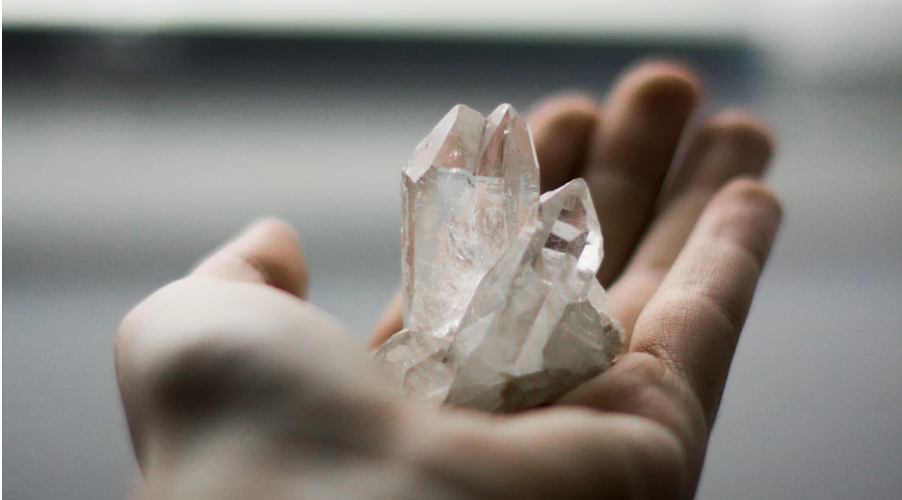It started out as a passing curiosity, but then, a couple thousand words later, I was in — and hooked. Sure, I’d read Gwyneth Paltrow’s Goop newsletter before, and I’d even spent a week cooking meals from her latest cookbook, It’s All Easy, for a Delish story, but I’d fallen out of touch with her world. Until I saw The New York Times Magazine‘s feature, “The Big Business Of Being Gwyneth Paltrow.” The actress turned a newsletter she wrote at her kitchen table into a $250 million business. Love her or hate her, that’s fascinating — and wherever you stand on her polarizing spectrum, you’re probably earning her money, as long as you’re paying attention.
That was the incredible thing about the Goop story — the brand’s built just as much on people who hope to achieve the GP life, glowing skin, tight abs, and all (‘All’ including the ability to drop $795 on palazzo pants and a generally serene, forget-the-haters mentality, of course), as it is people who actively hate the brand and everything it stands for.

Her path was captivating. Goop started out as a newsletter of recommendations, both her own and those of people she’d polled wherever she was. It was that simple; even ‘Goop’ was just her initials bookending two o’s, which someone had told her was critical in branding a successful internet company. There was a natural curiosity about the musings of an A-lister, sure, but what really got to people was Gwyneth’s refusal to go mainstream. She was aspirational, only replace the ‘s’ in that word with three dollar signs. It was what set her apart from other lifestyle brands that appealed to the masses, which made people both love and love to hate her. Add to that her fascination with asking unconventional experts for their opinions — many focusing on a radical approach to wellness that wasn’t backed by traditional science — and you can see where the controversy sets in.
“The weirder Goop went, the more its readers rejoiced,” the article states. And the more critics complained about its weirdness, the more new people would be drawn to the site to see what all the fuss was about.
While speaking at Harvard recently, Gwyneth referred to these moments as “cultural firestorms,” explaining that the boost in traffic brought in more money for the site itself. She also argued it wasn’t clickbait she was after; it was provocative topics that caught people’s attention.
“It’s a cultural firestorm when it’s about a woman’s vagina,” she asserted, according to the story. (She may be referring to an article about “steaming your vagina” to balance hormone levels, which many gynecologists have recommended against doing. On that note, some sites have even rounded up some of the site’s most controversial moments.)
While Gwyneth’s team has been criticized for promoting pseudoscience and ideas not backed by traditional medicine, part of her (non-hating) following is people who are open to new ideas. Who are fed up with the Western approach to medicine and curious about trying something new, even if it’s bizarre. After six years and every test under the sun to wind up with a series of shrugs from doctors over the sudden vascular swelling in my feet, I could understand it.
To me, though, the fascinating thing about the rise of Gwyneth’s business has been that it’s built on exploring her curiosity — no matter how bizarre, or the backlash it nets her — and that she refuses to compromise her very niche, admittedly out-there lifestyle to dampen criticism. Instead, she embraces it. It also raises some interesting questions. As a website or influencer, what exactly can you suggest to people? When can “hey, this worked for me” turn into deceptive marketing? Like all things you read on the internet, it should go without saying: Take it all with a grain of salt. And maybe check with your doctor before considering steaming your lady parts, just because someone else raves about it.
Top photo by Kira auf der Heide on Unsplash




